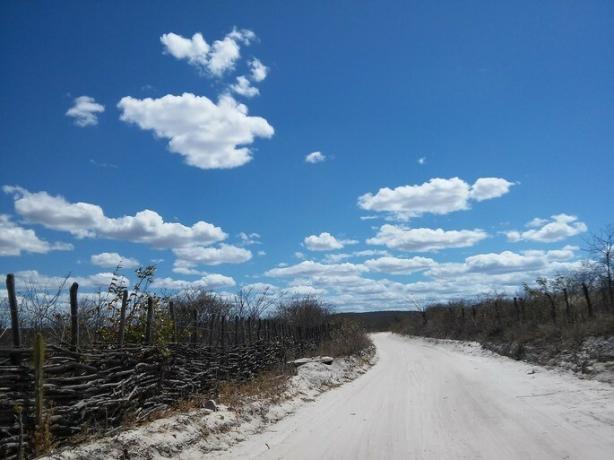Located in Southeast Asia, Myanmar, formerly Burma, borders Bangladesh (to the west), India (to the northwest), China (to the northeast), Laos (to the east), Thailand (to the southeast and east), as well as being washed by the Andaman Sea (to the south) and the Gulf of Bengal (the south-west).
In the 19th century, the British Empire incorporated Burma (now Myanmar) into its colony of India, however, in 1937, the country became a separate colony. During World War II (1939 – 1945), the country was invaded by the Japanese. National independence was achieved in 1948.
Agriculture is the main economic activity practiced in Myanmar, accounting for 70% of the national workforce. Fertile valleys provide for the cultivation of different products, especially rice and poppy.
The country is considered one of the most economically poor in Southeast Asia. Myanmar, during the period of British domination, was one of the richest countries in that region, however, the coups politicians and the current military dictatorship have strengthened economic relations with other countries, with sanctions international.
In 1988, a military coup brought General Saw Maung to the command of the country. This fact caused a huge political and social crisis, with the government repressing all opposition manifestations. The country is accused of violating human rights.
Myanmar's Human Development Index (HDI) is 0.451. The national population suffers from several socioeconomic problems: the per capita income is only 379 dollars; the infant mortality rate is 72 deaths for every thousand born; illiteracy affects more than 10% of the population.
Do not stop now... There's more after the advertising ;)

Myanmar Coat of Arms
Myanmar data:
Territorial extension: 676,578 km².
Location: Asia.
Capital: Nay Pyi Taw.
Climate: Tropical with monsoon rains.
Government: Military dictatorship since 1988.
Administrative division: 7 divisions and 7 states.
Languages: Burmese (official), regional dialects.
Religions: Buddhism 73.3%, traditional beliefs 11.9%, Christianity 7.9% (Protestants 5.5%, Catholics 2.4%), Islam 2.4%, other 3.9%, no religion and atheism 0.6%.
Population: 50,019,775 inhabitants. (Men: 24,433,683; Women: 25,586,092).
Composition: Burmese 69%, Chans 9%, Karens 6%, Rachines 5%, others 11%.
Demographic density: 74 inhab/km².
Average annual population growth rate: 0.8%.
Population residing in urban areas: 33.24%.
Population residing in rural areas: 66.76%.
Undernourished population: 19%.
Life expectancy at birth: 61.2 years.
Households with access to clean water: 80%.
Households with access to a health network: 82%.
Human Development Index (HDI): 0.451 (low).
Currency: Kyat.
Gross Domestic Product (GDP): $55.3 billion.
GDP per capita: $379.
External relations: Asean, World Bank, IMF, WTO, UN.
By Wagner de Cerqueira and Francisco
Graduated in Geography
Brazil School Team
countries - geography - Brazil School



